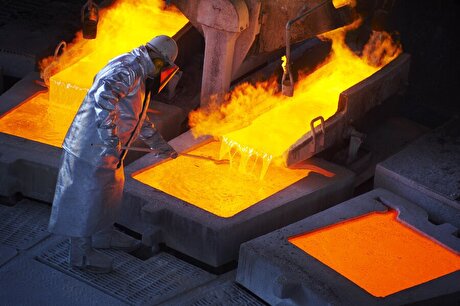
Iranian Steel Billet Gains Acceptance in Global Market
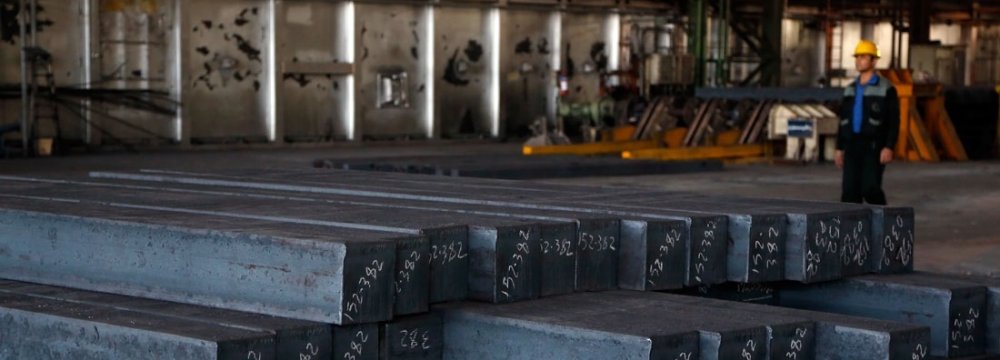
In the first half of the current Iranian year (March 21-Sept. 22, 2017), billet shipments from the country rose 25% year-on-year to 1.60 million tons, Iranian Steel Producers Association announced.
These account for half of the country’s semi-finished steel shipments, Metal Bulletin reported.
But Iran plans to move beyond this and export 5.30 million tons of semi-finished products over the 12 months to the end of the Iranian year on March 20, 2018, which would represent a 42% rise compared with the previous Iranian year’s 3.74 million tons.
Billet is expected to account for around 60-70% of the semi-finished export target.
Price Competitiveness
In early November, Iranian billet was offered to foreign customers at $460-465 per ton FOB.
A 20,000-ton cargo was reportedly sold at that time to Thailand, through a trader, at around $480 per ton CFR. This was equivalent to $450-455 per ton FOB, considering the costs of finance and freight of $25-30 per ton.
At the same time, Russia-origin material shipped from that country’s Far East ports was traded in Southeast Asia at prices a little below $500 per ton CFR.
In the Black Sea market, CIS-origin steel billet was available to customers at $470-475 per ton FOB.
Iranian billet price competitiveness in the seaborne market can be attributed to a number of factors, including its natural resources and lower domestic demand for the product.
Iran has abundant iron ore and gas reserves, which leads it to favor direct reduction iron-based steelmaking.
And most Iranian steelmakers, including the country’s largest billet exporter Khouzestan Steel, use DRI, or sponge iron, as their primary raw material.
DRI is produced from the direct reduction of iron ore (in the form of lumps, pellets or fines) by reducing gas or elementary carbon produced from natural gas or coal, giving Iran-with its ample cheap natural resources-a unique cost advantage when it comes to steelmaking.
The other reason for comparatively low billet prices in Iran is reduced demand for long steel products in the domestic market, as construction activity remains under-financed despite the partial removal of sanctions in early 2016.
According to the ISPA report, in the first half of the current Iranian year, rebar utilization dropped 7% year-on-year, to 2.80 million tons, and beam use fell by 7% year-on-year, to 350,000 tons.
At the same time, billet and bloom output rose by 15% year-on-year, to 5.56 million tons.
Khouzestan Steel alone shipped 710,000 tons of billet and bloom in the first half of the Iranian year.
Iranian billet is sold in the Middle East, North Africa, Asia, Europe and even several countries across the Americas.
In late October, news spread around the market of a possible significant rise in billet shipments from Iran to Asia.
“[Billet] export volumes from Iran [to Asia] may increase by as much as 25% in the mid-term, reaching 750,000 tons,” a trader based in Northeast Asia said.
“In future, Iran may export some material to China too because Iranian producers enjoy the advantage of access to cheap gas and iron ore compared with China,” another source said.
Banking Issues, Remaining Sanctions
But banking issues are a complicating factor for the Iranian steel billet industry and not all of the trade sanctions against Iran have been lifted, despite the nuclear deal between Iran, the United Nations Security Council and the EU, which came into force in January 2016.
Crucially, US non-nuclear sanctions remain, which mean companies or individuals cannot engage in US-dollar transactions with Iranian counterparts as such deals must pass through the US banking system.
But despite the US sanctions, trading firms, especially a few companies based in Dubai as well as in European countries such as Germany and Austria, buy directly from Iranian mills.
They usually make advanced payments of 10-20% of the total value of the contract, with some Iranian mills asking for a 30% down-payment.
Buyers can then either open a letter of credit in euros or, preferably, make a telegraphic transfer in euros to the trading company.
After the shipment is made, a bill of lading (B/L) is sent to the buyer who then needs to pay the remaining value. The balance can be also paid upon receipt of the cargo, depending on the trading company.
The key element of these transactions is that Iran is never mentioned in the sales contract or the B/L, as Iranian material is first shipped to a nearby country and that location or the Persian Gulf are stated as the place of origin.
Despite these hurdles, more buyers are warming to the idea of purchasing Iranian material, and even when they do not, they are using Iranian material as leverage when negotiating prices.


Trump weighs using $2 billion in CHIPS Act funding for critical minerals

Codelco cuts 2025 copper forecast after El Teniente mine collapse

Electra converts debt, launches $30M raise to jumpstart stalled cobalt refinery

Abcourt readies Sleeping Giant mill to pour first gold since 2014

Barrick’s Reko Diq in line for $410M ADB backing

Nevada army depot to serve as base for first US strategic minerals stockpile
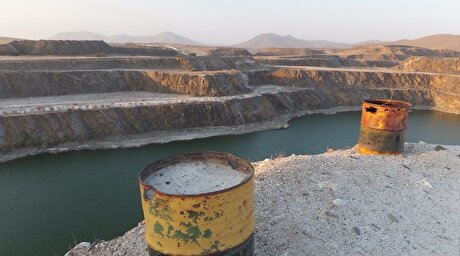
Tailings could meet much of US critical mineral demand – study

Viridis unveils 200Mt initial reserve for Brazil rare earth project

SQM boosts lithium supply plans as prices flick higher
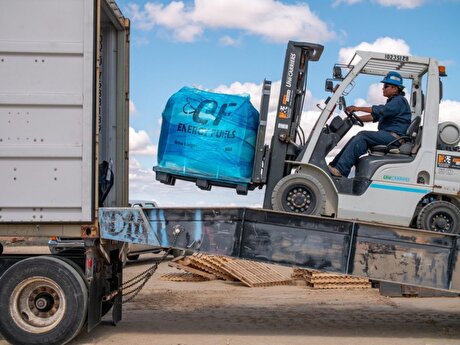
Energy Fuels soars on Vulcan Elements partnership
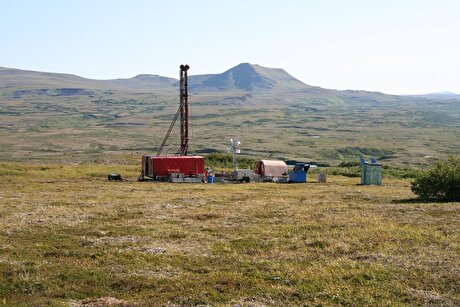
Northern Dynasty sticks to proposal in battle to lift Pebble mine veto
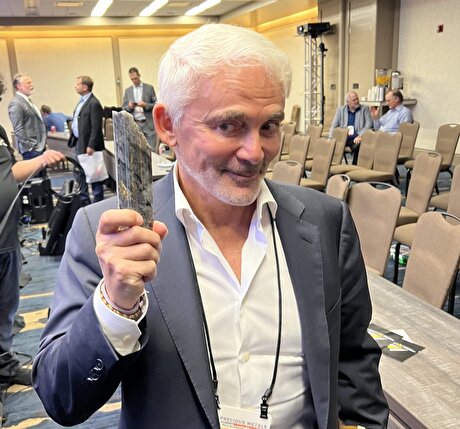
Giustra-backed mining firm teams up with informal miners in Colombia
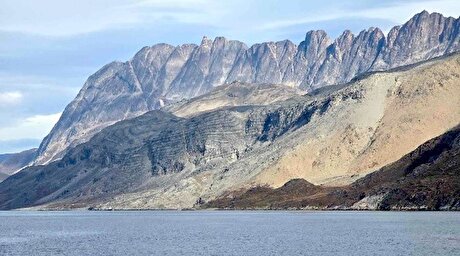
Critical Metals signs agreement to supply rare earth to US government-funded facility

China extends rare earth controls to imported material
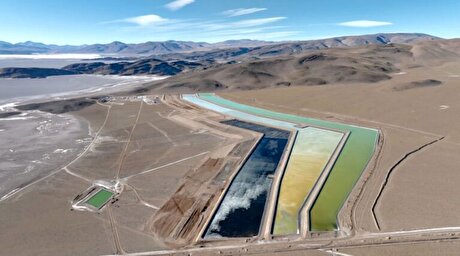
Galan Lithium proceeds with $13M financing for Argentina project
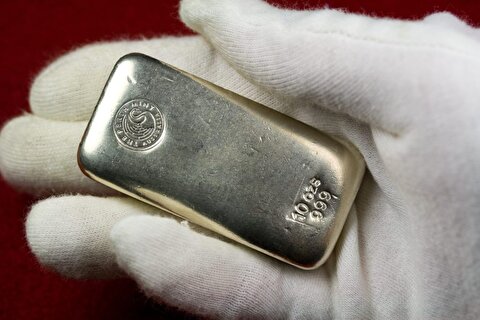
Silver price touches $39 as market weighs rate cut outlook

First Quantum drops plan to sell stakes in Zambia copper mines
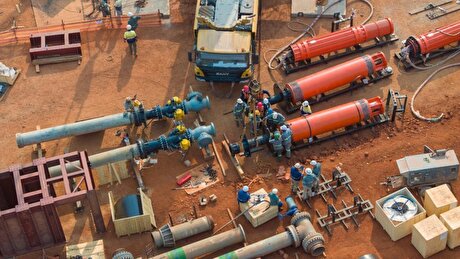
Ivanhoe advances Kamoa dewatering plan, plans forecasts

Texas factory gives Chinese copper firm an edge in tariff war

Energy Fuels soars on Vulcan Elements partnership

Northern Dynasty sticks to proposal in battle to lift Pebble mine veto

Giustra-backed mining firm teams up with informal miners in Colombia

Critical Metals signs agreement to supply rare earth to US government-funded facility

China extends rare earth controls to imported material

Galan Lithium proceeds with $13M financing for Argentina project

Silver price touches $39 as market weighs rate cut outlook

First Quantum drops plan to sell stakes in Zambia copper mines

Ivanhoe advances Kamoa dewatering plan, plans forecasts

